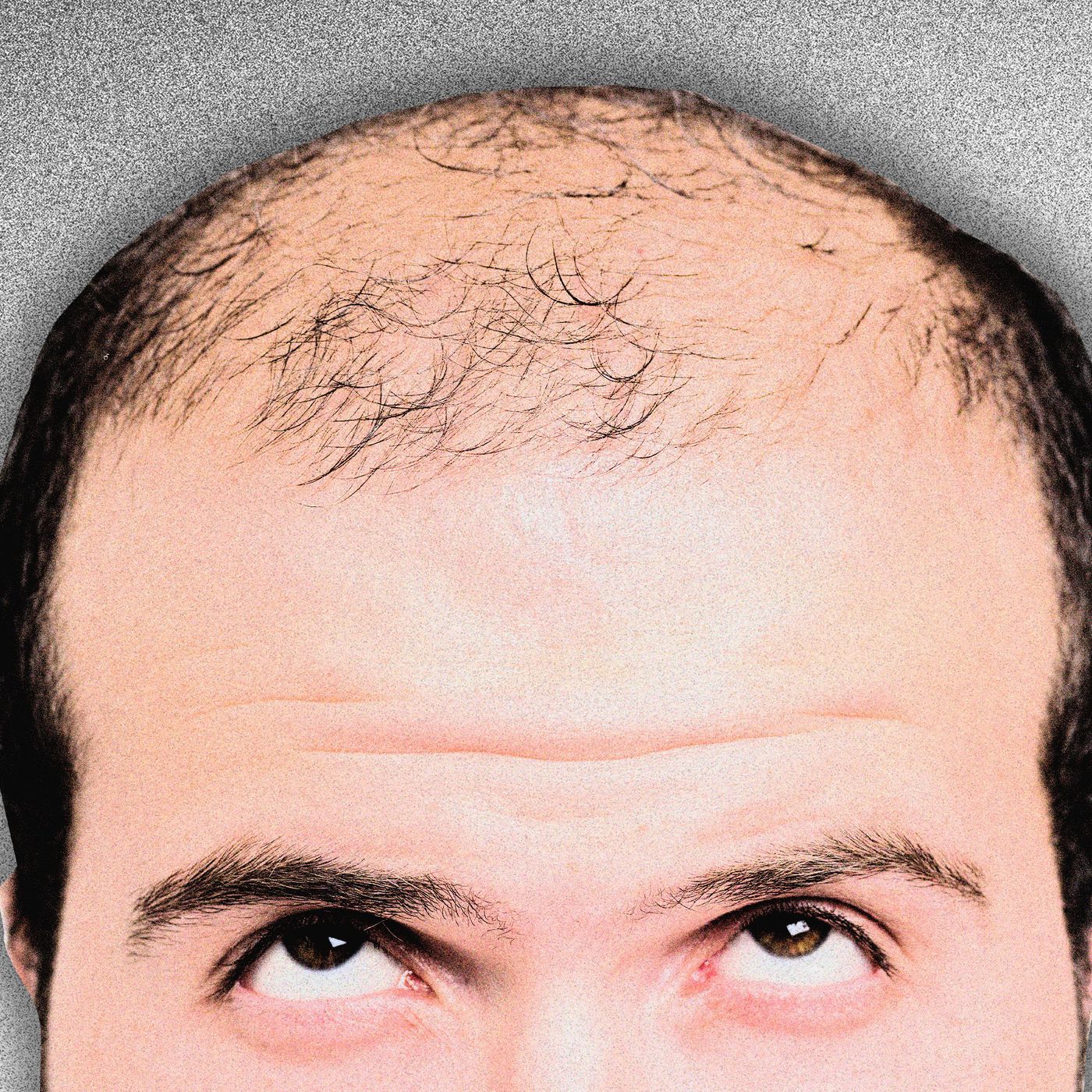Scientists use computer based intelligence to anticipate intensifies that could kill sparseness
Going bald is unwanted for some men - ; and ladies - ; in light of the fact that one's haircut is frequently intently attached to their self-assurance. And keeping in mind that certain individuals embrace it, others want to regrow their lost strands. Presently, analysts announcing in ACS' Nano Letters have utilized man-made reasoning (simulated intelligence) to foresee intensifies that could kill sparseness causing receptive oxygen species in the scalp. Utilizing the best up-and-comer, they developed a proof-of-idea microneedle fix and successfully recovered hair on mice.
The vast majority with significant balding have the condition androgenic alopecia, additionally called male-or female-design hairlessness. In this condition, hair follicles can be harmed by androgens, aggravation or an excess of receptive oxygen species, for example, oxygen free revolutionaries. At the point when the degrees of oxygen free revolutionaries are excessively high, they can overpower the body's cell reinforcement catalysts that normally hold them in line. Superoxide dismutase (Grass) is one of these proteins, and specialists have as of late made Turf mirrors called "nanozymes." Yet up to this point, those that have been accounted for aren't truly adept at eliminating oxygen free revolutionaries. Thus, Lina Wang, Zhiling Zhu and partners needed to see whether AI, a type of computer based intelligence, could assist them with planning a superior nanozyme for treating going bald.
The scientists picked change metal thiophosphate compounds as potential nanozyme up-and-comers. They tried AI models with 91 different change metal, phosphate and sulfate mixes, and the methods anticipated that MnPS3 would have the most impressive Turf like capacity. Then, MnPS3 nanosheets were incorporated through synthetic fume transport of manganese, red phosphorus and sulfur powders. In starting tests with human skin fibroblast cells, the nanosheets fundamentally diminished the degrees of responsive oxygen species without causing harm.Based on these outcomes, the group arranged MnPS3 microneedle fixes and treated androgenic alopecia-impacted mouse models with them. In the span of 13 days, the creatures recovered thicker hair strands that more thickly covered their beforehand bare rears than mice treated with testosterone or minoxidil. The scientists say that their review both delivered a nanozyme treatment for recovering hair, and demonstrated the potential for PC based techniques for use in the plan of future nanozyme therapeutics.

Comments
Post a Comment